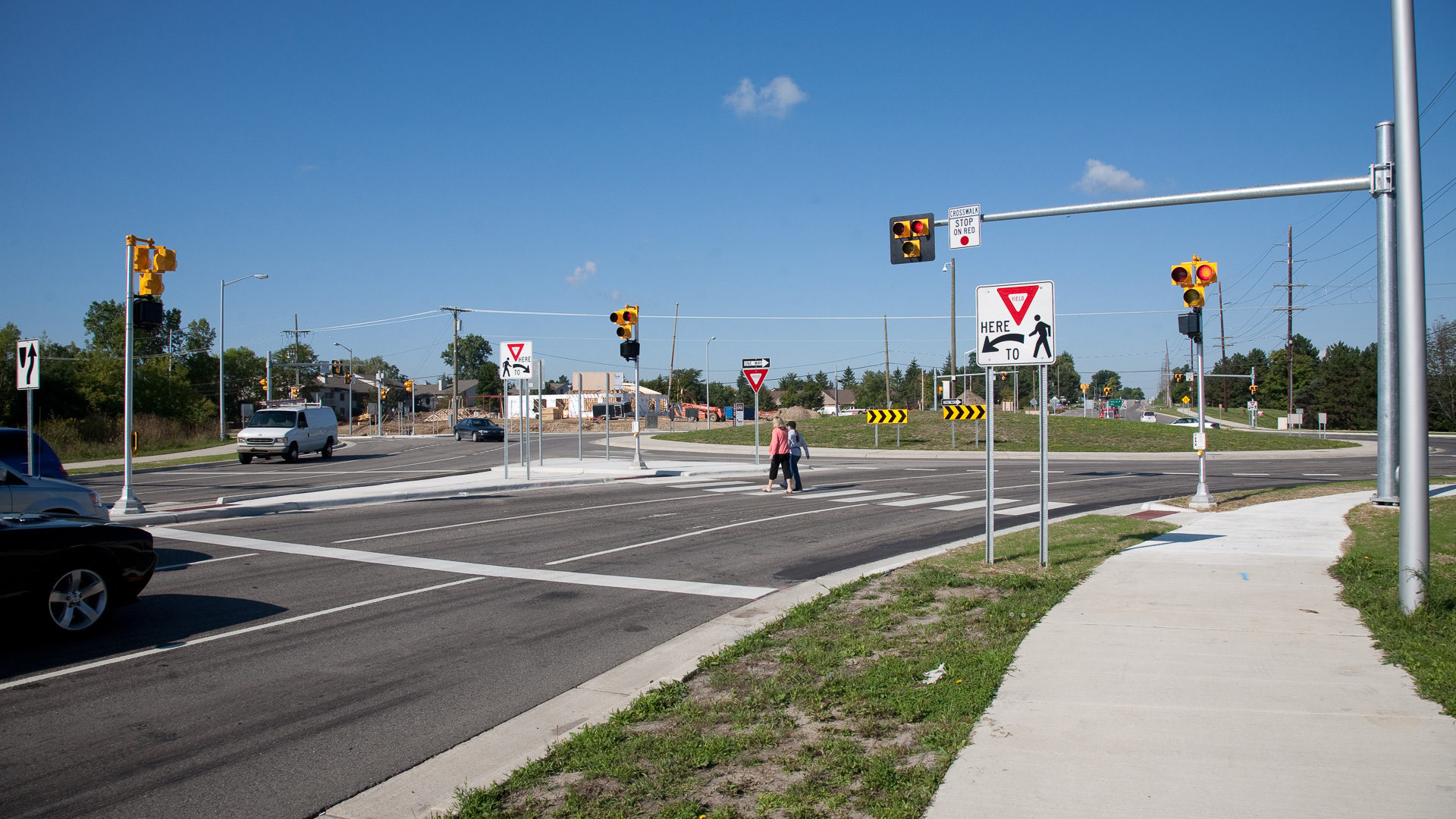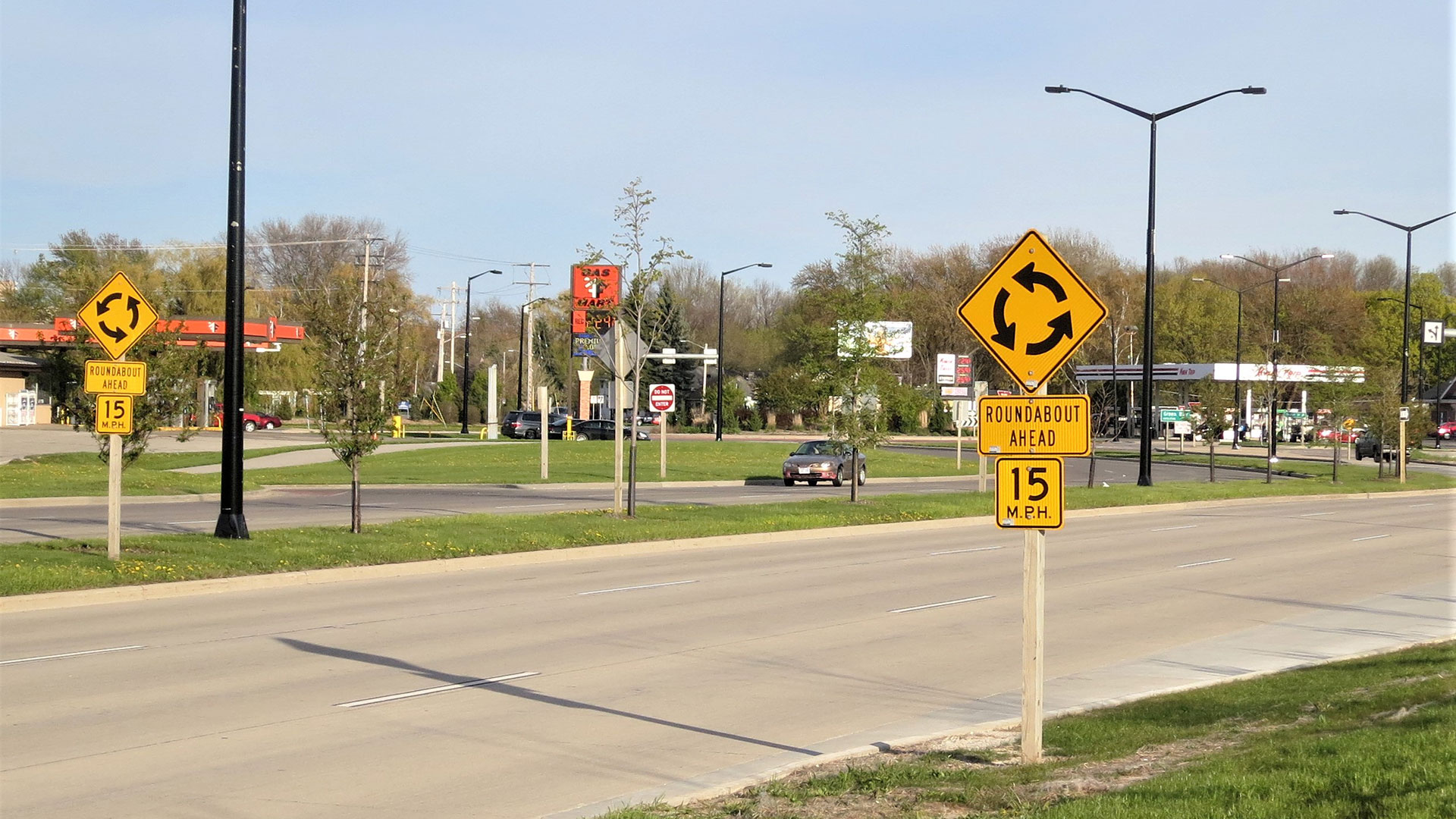Challenge
Roadway reallocation projects provide opportunities to consider how street space affects the competing priorities of safety, access, and mobility-not to mention economy, environment, health, and equity. Unfortunately, planners and engineers are not equipped with effective tools for evaluating these tradeoffs, and the traditional approach considers traffic operations above any other outcome, irrespective of community priorities. Kittelson, along with Safe Streets, Mobycon, and ITRE, was tasked with researching how to integrate guidance elements, best practices, and findings from original research into a decision-making framework and guidebook.
Solution
After conducting practitioner interviews, a literature review, and original research into the operational, safety, and economic impacts of roadway reallocation projects, the Kittelson-led team produced NCHRP Research Report 1036 Roadway Cross Section Reallocation: A Guide and a decision-making spreadsheet tool. This guide provides a framework that can be applied at each stage of the project development process; incorporates transportation and non-transportation outcomes of reallocating cross sections; uses a performance-based design approach; and includes performance measures to support decisions throughout project development.
The Outcome
Helping Communities Weigh Tradeoffs on their Streets
Roadway Cross Section Reallocation: A Guide sets a new safety standard for all users, including transit riders, pedestrians, and bicyclists. Infused with Safe System Approach principles, the guide’s six-step framework walks the user through determining tradeoffs, considering outcomes related to transportation, livability, economic and environmental health, equity, and other concerns and emphasizing the importance of context and community priorities when deciding which tradeoffs are acceptable and which are not.



